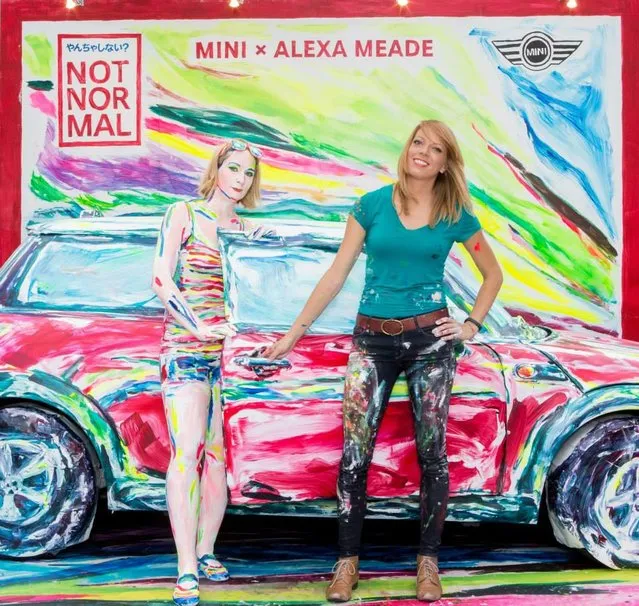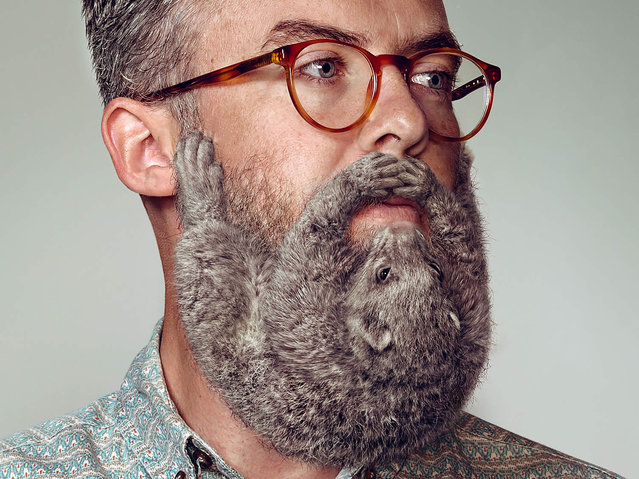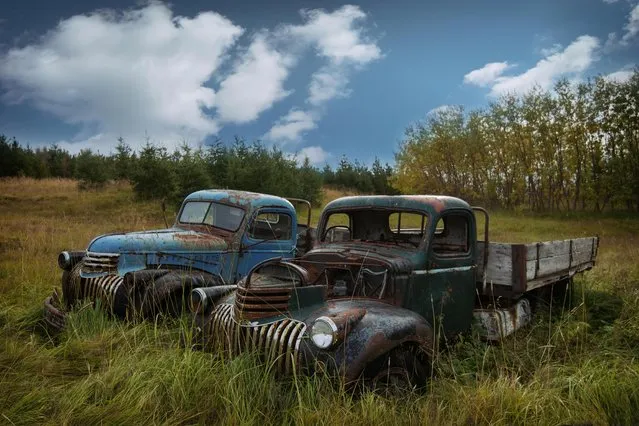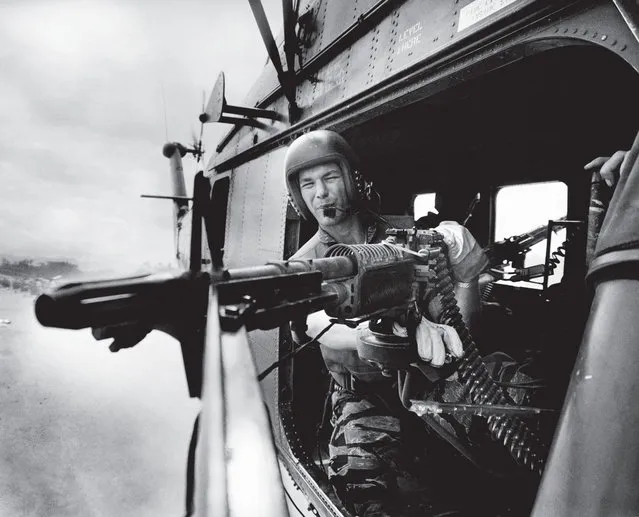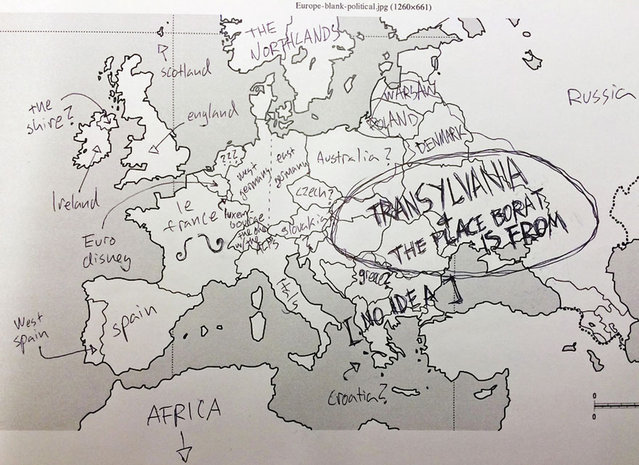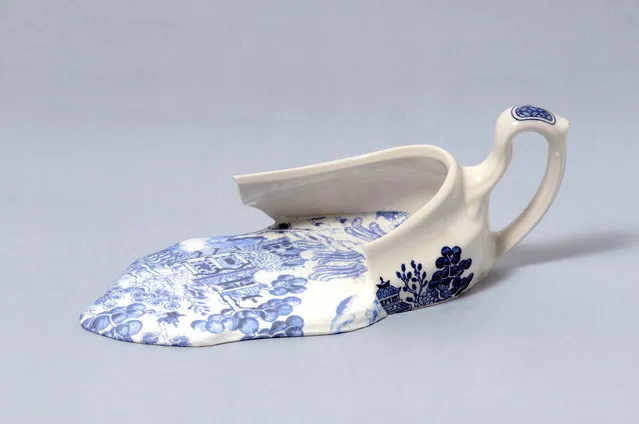
People are often fascinated by things that baffle them. For example, Livia Marin creates porcelain pottery that looks as if it has partially melted. This pottery might serve little purpose, yet it is definitely a curious thing to have in your house. This set of pictures shows off her “Nomad Patterns” series of deformed vases, pitchers, and teacups. The most appealing thing about these pieces of art is that the patterns on the “melted” parts are as beautiful as on the rest of the pottery. (Photo by Livia Marin)
05 Nov 2014 12:14:00,post received
0 comments

